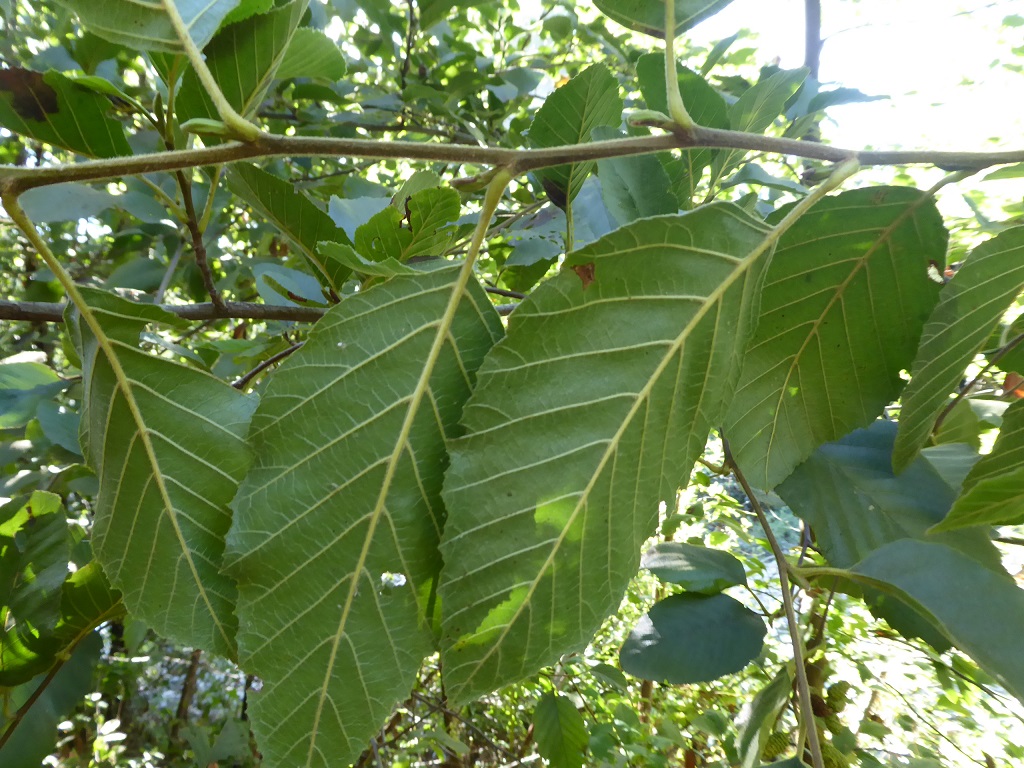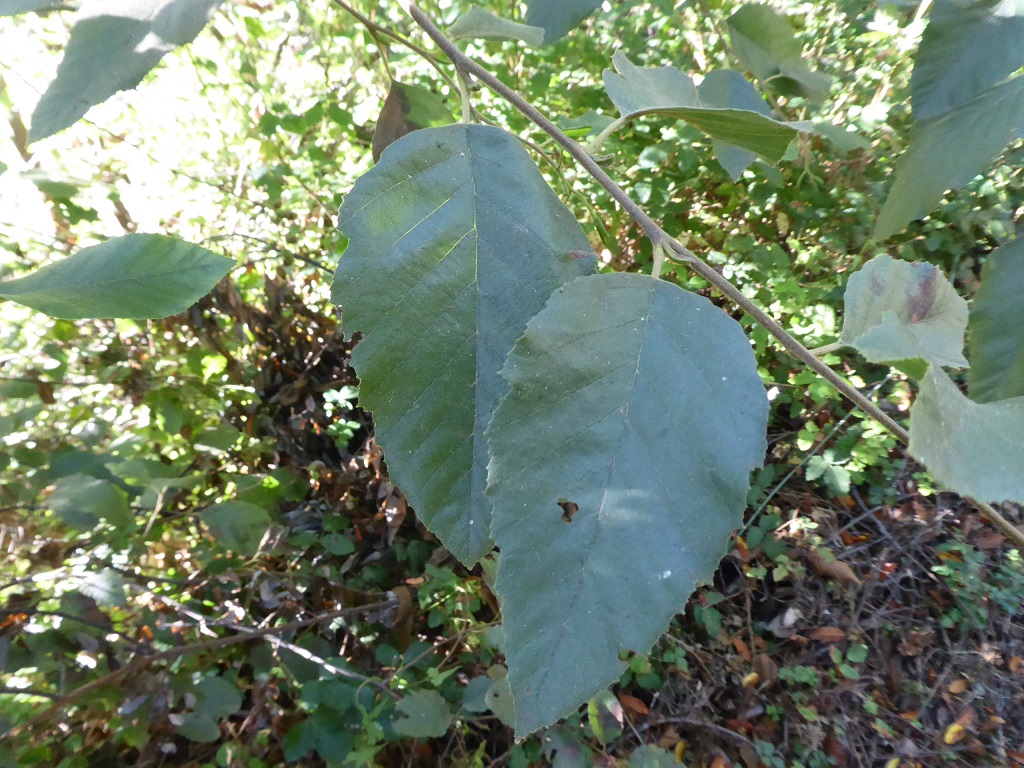Red (Oregon) alder (RAR)
Red alder is a nitrogen-fixing tree suited to wet forests along the Pacific northwest where it grows with a number of other broadleaved and conifer tree species. One of several alder species in these forests each suited to different site conditions. Red alder is one of the largest of the world’s alders and one of the tallest broadleaved species in its range, sometimes growing to 30-40 m in height.
Introduced to Britain before 1880 it has received periodic attention in species trials where it initially grows well but can quickly decline and with a few exceptions underperforms. Red alder is a species that could suit short-rotation forestry with its early fast growth and the species ability to fix nitrogen could find it a niche in establishing and diversifying forests in western Britain.
Red alder is categorised as a plot-stage species. These are a group of species that have demonstrated some positive silvicultural characteristics at the Specimen-stage and are now subject to further testing and development in a limited number of trial plots.
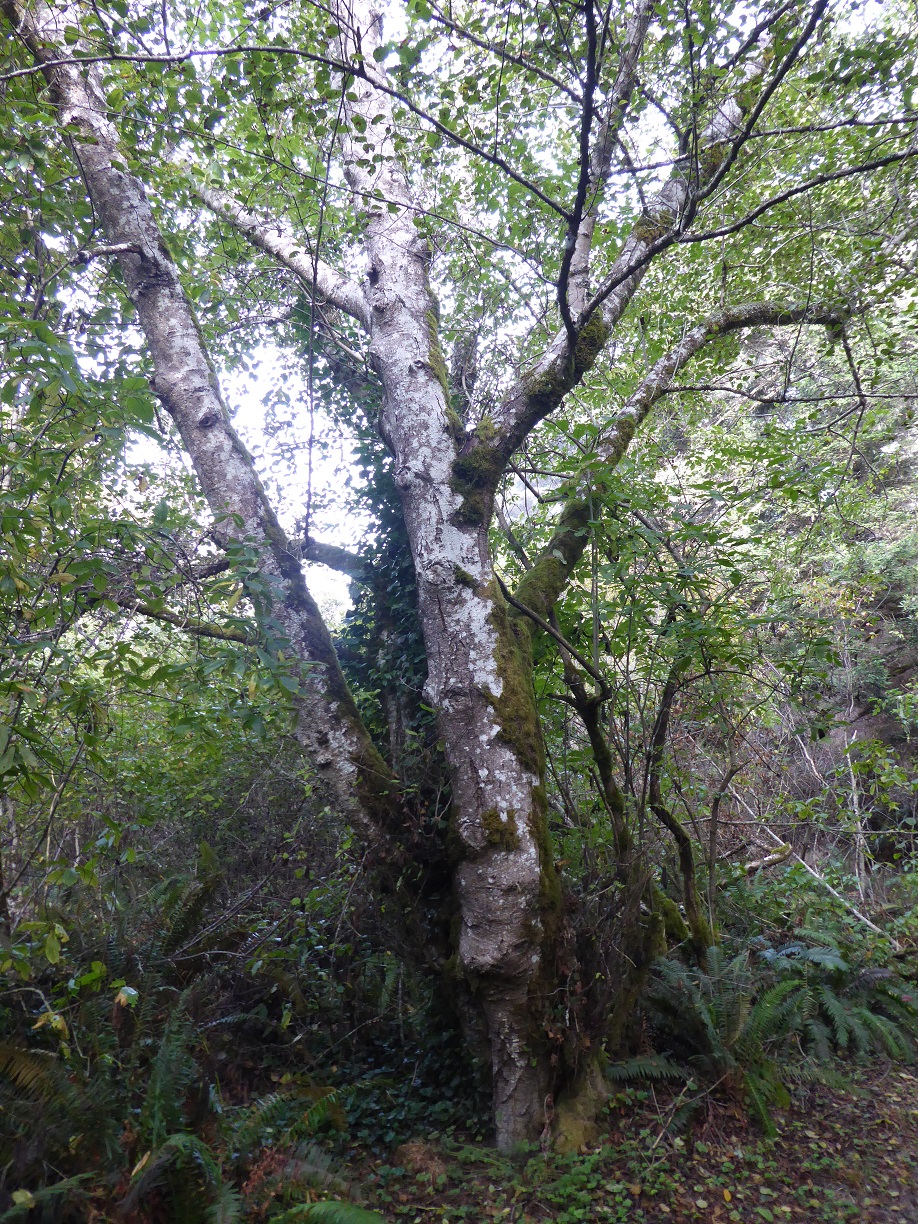


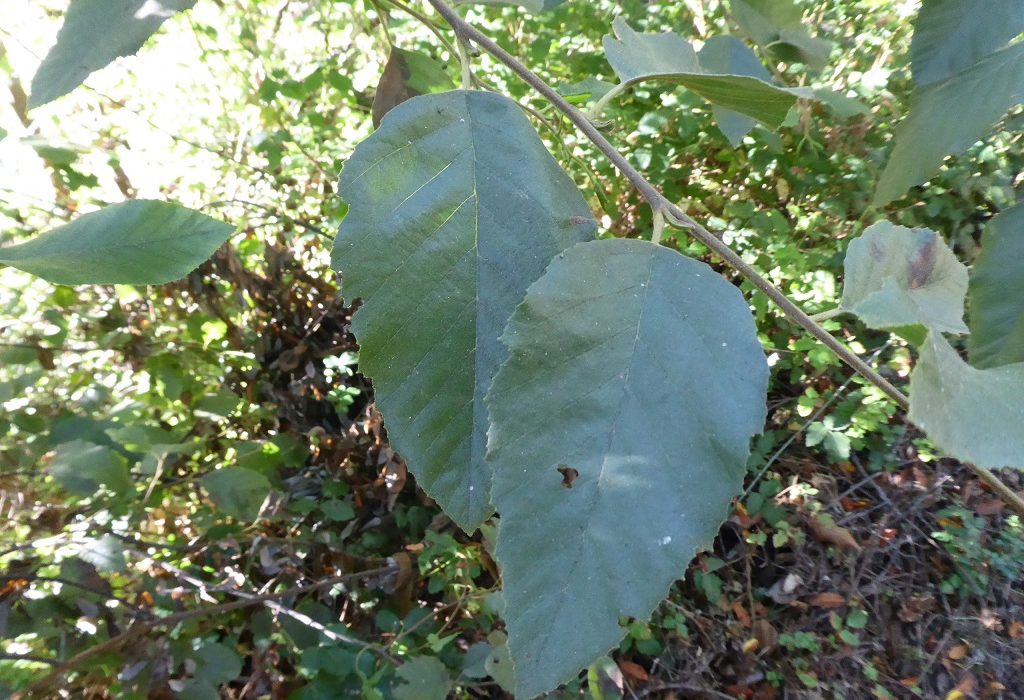

Range
Red alder is native to the mainly coniferous forests of the coastal Pacific northwest, from Alaska south to southern California but also occurs further inland in Oregon and northern Montana. On the Pacific coastal ranges, it naturally grows with several productive forest species grown in Britain including Sitka spruce, grand fir, western hemlock, western red-cedar, and Douglas-fir.
Provenance Choice
Red alder has been trialled on a wide range of sites in Britain and some provenance studies have been conducted. Preferred seed sources should be from good British stands or from coastal Washington or British Columbia.
Site Requirements
A light demanding pioneer species which is suited to humid maritime environments and therefore is best suited to western and upland Britain. In its natural range it is often found in mixture with Douglas fir, Sitka spruce and other conifers. As a pioneer and light demanding species, it can grow very fast on suitable sites but is often quite short lived; it is cold hardy throughout Britain but is very vulnerable to spring and early autumn frosts. It is not tolerant of exposure. Best growth is found on soils of poor to medium nutrient regime and fresh to wet soil moisture. It is not suited to peat or alkaline soils and growth is limited on drier or nutritionally very poor soils.
Further detail on the site requirements of red alder in current and future climates can be examined using the Forest Research Ecological Site Classification Decision Support System (ESC).
ECOLOGICAL SITE CLASSIFICATION TOOL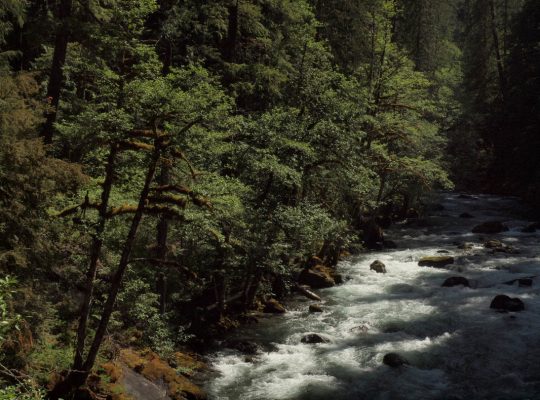
Silviculture
Red alder is a pioneer species that coppices and can grow and regenerates rapidly particularly after fires or major ground disturbance; traditionally regarded as a ‘weed species’ across its native range. To date it has not demonstrated this in British conditions. It is a species that coppices well when young, but health and vigour decline over subsequent cycles. It can grow rapidly at first reaching up 16 m after 10 years and an estimated general yield of c 20 m3/ha/yr. The general quick decline in growth as the tree matures (after 10-15 years) would suggest this species is best suited to short rotations or as a nurse in mixture with fast growing conifers such as Douglas-fir.
Red alder is a light-demanding pioneer following storm damage, forest fires and clear-felling which is aided by its nitrogen fixing ability by Frankia. Its susceptibility to frost and intolerance of exposure frost means site selection is essential so avoid exposed sites and frost hollows. As with other alders that can fix nitrogen this can make it a useful species in mixture as a nurse for example with more valuable broadleaves such as oak and walnuts. Its early vigorous growth can present problems with competition and regular maintenance (e.g., coppicing, pollarding) will likely be necessary to prevent damage to the target species.
As with other alders the timber is not durable, unless submerged, and its fast growth (YC to 20 depending on site conditions) lends it toward biomass production in Short Rotation Forestry (SRF). SRF trials in England have indicated it was a good performer measured against a range of fast-growing conifer and broadleaved species.
Red alder could find a place in Agri-forestry systems.
Pests and Pathogens
Red alder shows some susceptibility to Phytophthora alni disease of alder, but less than black alder. Trial evidence has also indicated it can be vulnerable to attack by a willow scale insect (Chionaspis salicis). Alders generally are susceptible to Armillaria and to deer browsing.
See our other tools and resources
Further Resources
External
In addition to the general sources of information for species the following are useful for red alder.
Matthews, J. D. (1963) The silviculture of alders in Great Britain. Oxford Forestry Institute Occasional Papers 34: 29-38.
Mc Kay, H.M., Harrison, A.J., Connolly, T., Forster, J., Gregory, S ., Smith, E., and Clark, J. (2022) Early performance of eight broadleaved species grown as short rotation forest in England. Forestry, (95) pp. 13-17.
Wilson, S.McG., Mason, W.L., Savill, P., and Jinks, R. (2018) Non-native alder species (Alnus spp.) Quarterly Journal of Forestry, 112 (3), 163-174.
White, J. and Gibbs, J.N. (2000) The value of alders to Britain. Quarterly Journal of Forestry. 94 (1), 23-28

